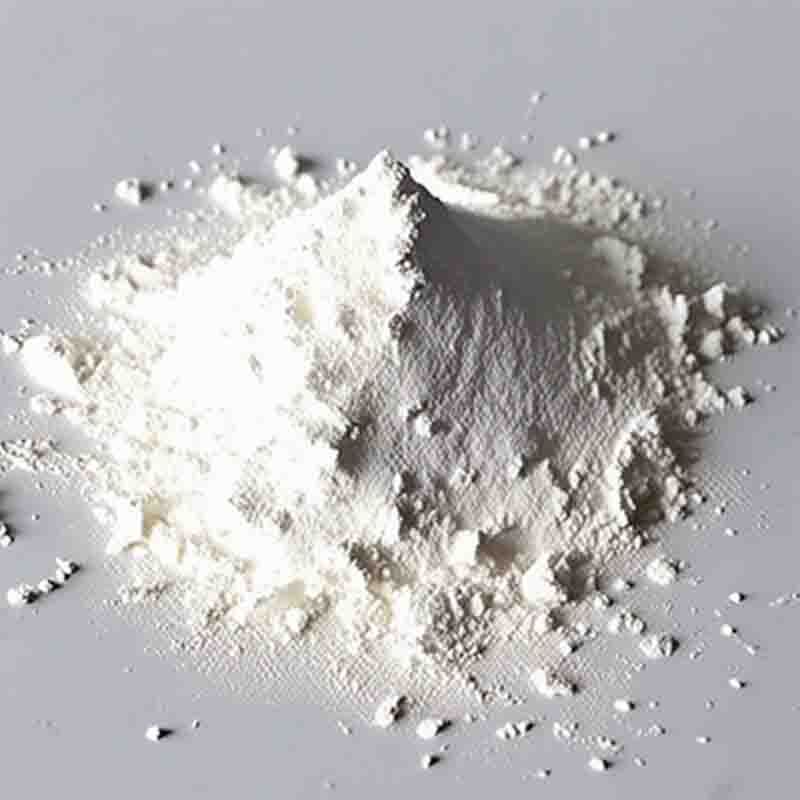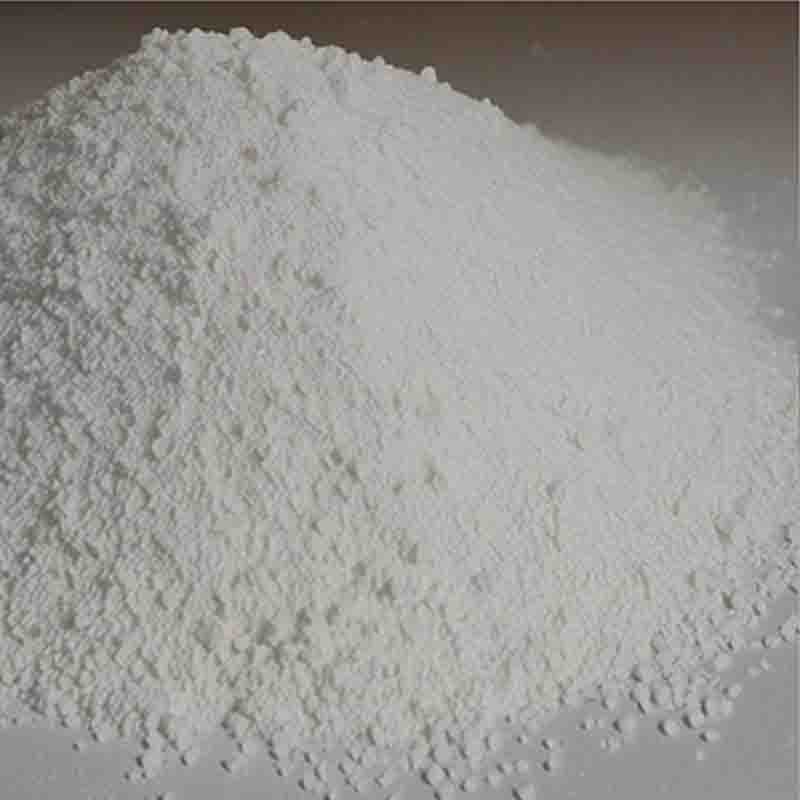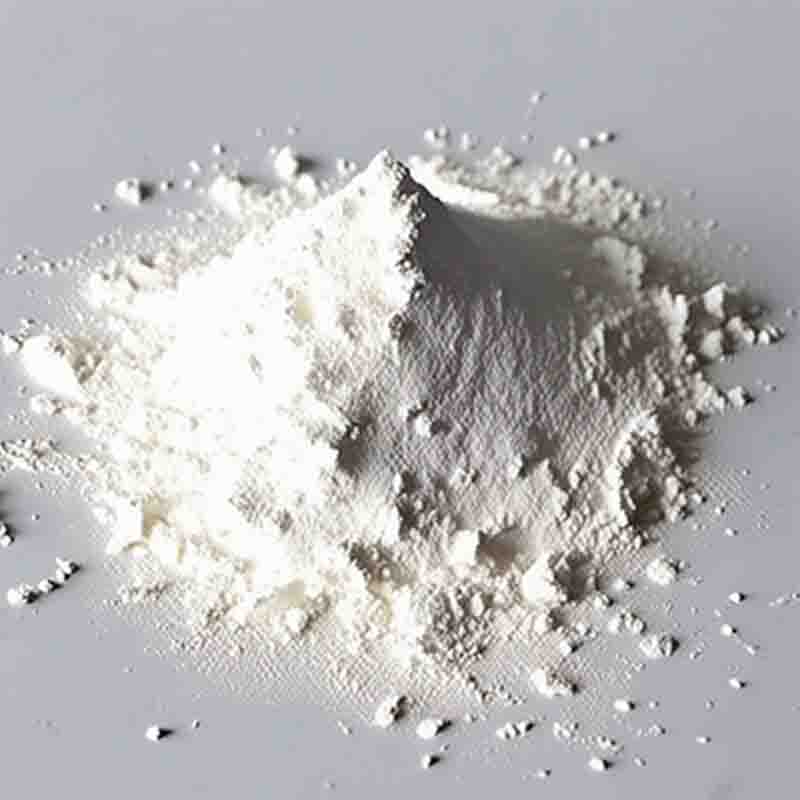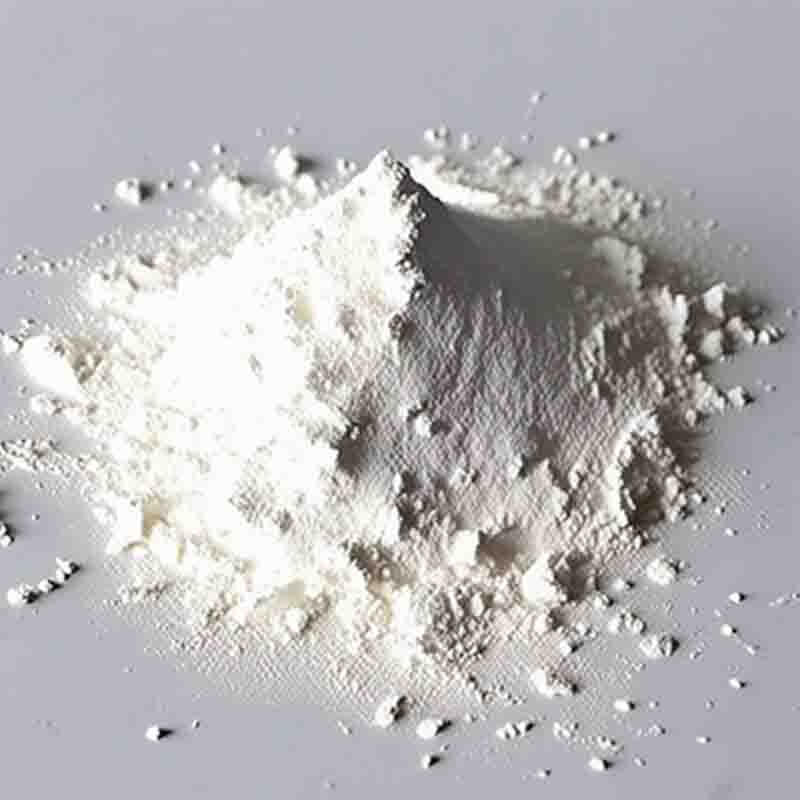2,2-Bis(4-(4-Maleimidephenoxy)Phenyl)Propane CAS:79922-55-7
| Catalog Number | XD96138 |
| Product Name | 2,2-Bis(4-(4-Maleimidephenoxy)Phenyl)Propane |
| CAS | 79922-55-7 |
| Molecular Formula | C35H26N2O6 |
| Molecular Weight | 570.59 |
| Storage Details | Ambient |
Product Specification
| Appearance | White powder |
| Assay | 99% min |
2,2-Bis(4-(4-Maleimidephenoxy)Phenyl)Propane, also known as BPP, is a chemical compound that has garnered interest for its potential applications in various fields. In this response, we will explore some of the effects and properties of BPP within a 300-word limit.One prominent area of interest surrounding BPP is its potential use in polymer science and materials engineering. BPP, due to its unique structure, possesses highly crosslinkable maleimide groups. This property makes it a valuable component in the synthesis of crosslinked polymers for applications such as coating materials, adhesives, and electronic devices. The presence of the phenyl groups in BPP enhances the structural integrity and stability of these polymers, making them suitable for use in demanding environments.Furthermore, the maleimide groups in BPP enable it to undergo highly efficient thiol-maleimide click reactions. These reactions involve the addition of thiol-containing compounds to the maleimide groups, resulting in covalent bond formation. This click reaction has gained attention for its use in bioconjugation, where it allows for the specific attachment of biomolecules to surfaces or other biomolecules. For example, BPP-functionalized surfaces have been used to immobilize proteins or target specific cells in bioanalytical applications and drug delivery systems.Another intriguing aspect of BPP is its potential as a fluorescent probe for biomedical imaging. By modifying BPP with fluorescent dyes or incorporating it into a polymer matrix, it can act as a fluorescent marker, allowing for visualization and tracking of specific targets in biological systems. This property makes BPP highly valuable in applications such as fluorescence microscopy, cellular imaging, and in vivo imaging.Furthermore, BPP has been investigated for its antibacterial properties. Researchers have found that coating surfaces with BPP-containing polymers can inhibit the growth of bacteria, reducing the risk of infections associated with the surface. This antimicrobial effect is attributed to the disruption of bacterial cell membrane integrity by the interactions between the maleimide groups and bacterial proteins.In conclusion, 2,2-Bis(4-(4-Maleimidephenoxy)Phenyl)Propane (BPP) exhibits a range of effects and properties that make it a valuable compound in various scientific and technological applications. Its structural features allow for the synthesis of crosslinked polymers, its chemical reactivity enables specific bioconjugation, and its fluorescent properties make it useful for imaging purposes. Furthermore, its potential as an antimicrobial agent adds another dimension to its versatility. Continued research in these areas may uncover even more potential applications for this compound in the future.









